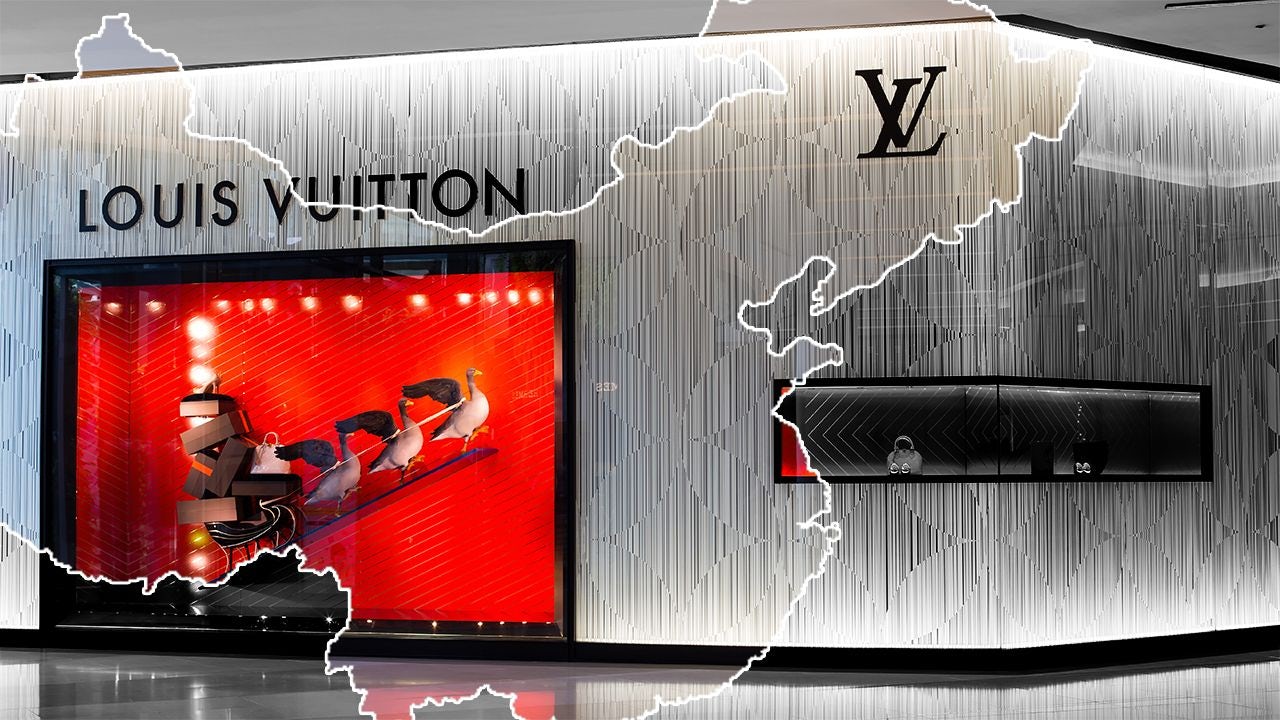As the China market recovers, pictures of people lining up outside of the SKP Beijing and Shanghai Village have been circulating online. The media labeled this phenomenon “revenge shopping” — a term used to describe how shopping-starved consumers would come out of their quarantines and overcompensate by making extra purchases — and it’s happening as predicted for both full-price luxury retail and outlet malls.
Many middle-class consumers have undoubtedly become more price-sensitive and rational in their shopping choices. But for some, outlet malls have become the perfect place for them to fulfill their shopping urges while also providing a place where brands can rid themselves of excess goods. “Looking ahead, if China continues its recovery, outlet malls will keep thriving in 2021,” said Miquel Cardona, the global business development director at Aventura, a market growth partner and venture capital firm focusing on China. “With the number of leftover goods from last season, outlets will get more inventory than ever.”
For brands, the challenge lies in how to best balance the overflow of last season’s goods with items from the new season. One luxury brands’ head of operations in China admitted that this was a concern. As the brand’s business survived primarily via discounts, he said it would be hard to return to full prices over the rest of this year.
With those questions in mind, Jing Daily dives into how major outlet malls are recovering, some of the latest consumption trends, and whether brands will find success through these sales channels.
Capturing the revenge buying trend#
As soon as China began recovering, consumers from first-tier cities flocked to outlet malls. Value Retail reopened its Suzhou Village in mid-February, and its Shanghai village on March 2, both of which have performed well. For the Qing Ming holiday on April 4, both saw double-digit sales growth.
Comparatively, the outlet mall Florentia Village has found an extensive reach into cities outside of Beijing and Shanghai, including Chengdu, Guangzhou, and even Guangdong province, which saw record-breaking sales during Labor Day on May 1. Its Chengdu store achieved an 80-percent sales growth and a 23-percent traffic growth compared to the previous year. The Shanghai and Foshan locations also saw large traffic surges, with one-day traffic exceeding 50,000 visitors for each.
Despite these excellent holiday results, the Florentia Village stores in Wuhan, Beijing, and Tianjin will require more time to return to form, according to Maurizio Lupi, the managing director of Florentia Village and RDM Asia. That is due to lengthier closures (Wuhan only reopened in late-April), strict traffic restrictions from local governments, and a new surge of COVID-19 cases in Beijing.
Value Retail China’s chief merchant, Simon Williamson, said that the store is seeing more demand for fitness and homeware products in the post-COVID-19 era. Since staying at home has become a trend, there is more interest in product categories like home appliances and furnishings, and athleisure yoga brands are becoming especially popular.
But how long can the current revenge buying trend sustain its momentum? One assumption is that since Chinese shoppers can’t go abroad, they’ve turned their energy toward domestic products, and outlet malls have become a hotspot for their binges. But does this spending make up for brands’ loss of international travel sales? And should those brands consider further discounting their goods in China because of this trend?
But talking to some of China’s revenge spenders, Jing Daily has heard mixed opinions. Some are still saving up money for shopping trips abroad. “The urge to travel and shop abroad is still there,” said 25-year-old Beijing office worker Cheryl Chen. “I would still rather visit Bicester Village in the UK than the one in Shanghai.”
But others feel differently. “I’d like to use up this opportunity to explore outlets in China,” said Rachel Ding, a marketing agency executive in Shanghai who would frequently plan shopping trips abroad. Ding said she went to the Chengdu Florentia Village on Labor Day and purchased many handbags there. She added that she was impressed with the quality items she found at accessible prices.
“Outlets also help brand stores offload their past season's — and sometimes current season's — merchandise,” said Lupi, regarding how his stores continually update their items to keep consumers interested. “Particularly in this climate, some brands and stores may look to us to help clear stock to make way for their new collections. That's why consumers can find top-quality, authentic merchandise at affordable prices at Florentia Village, including exclusive capsule collections or runway pieces.”
Where is the outlet mall business headed?#
It seems like international outlet malls are surviving the COVID-19 crisis thanks to the recovering China market, and this trend is likely to sustain. “Consumers still prefer to touch the goods at outlet malls,” said Cardona. “The business will be fine as long as they don't over-expand and remain concentrated in key locations.”
And although outlet malls are a traditional business model, they must create a competitive advantage to keep clients around long-term. Examples include building CRM systems and adding more customer-service touchpoints. Florentia Village’s loyalty card membership base grew by over 40 percent in China since the recovery started, and it’s expected to exceed 2 million card members within the year.
Florentia Village is also the first and only outlet mall in China to employ extensive omnichannel retail strategies. That includes digital-focused innovations like its omnichannel pop-up store, which launched in late 2018 and lets in-store customers browse collections across Florentia Village stores via a virtual window. Omnichannel retail now spans Florentina Village’s physical locations, virtual pop-up stores, e-commerce platforms, various WeChat Mini Programs, e-gift card platform, and the digital membership loyalty program, providing shoppers with a seamless shopping experience.
Zhou Ting, head of research at the Shanghai-based Yaoke Research Institute, suggested that going digital could help, but luxury outlets should also consider diversifying their brand offerings. While they have traditionally relied on name brands, they are less competitive with e-commerce platforms that feature heavily-discounted luxury brands. Even though Chinese consumers are more accustomed to shopping online for luxury, outlet malls should consider adding smaller niche luxury brands.
Outlet malls seem to be echoing this strategy. Value Retail China’s Williamson disclosed that 15-20 percent of its in-store footprint every year relates to re-merchandising. Therefore, to refresh consumers’ senses and stay relevant, they host pop-up shops periodically.
Another task the Yaoke Research Institute’s Ting has pinpointed for outlet malls is to broaden their target consumers. Traditionally, they’ve supported family shopping, but these malls have the ability to meet more diverse customer needs and expectations.
Whether it’s by adding CRM systems or diversifying product and consumer profiles, outlet malls can still play a crucial role for many rational middle-class Chinese consumers. And as long as this demand exists, brands should always consider outlet malls as a supporting tool so long as they don’t dilute the brand image.

